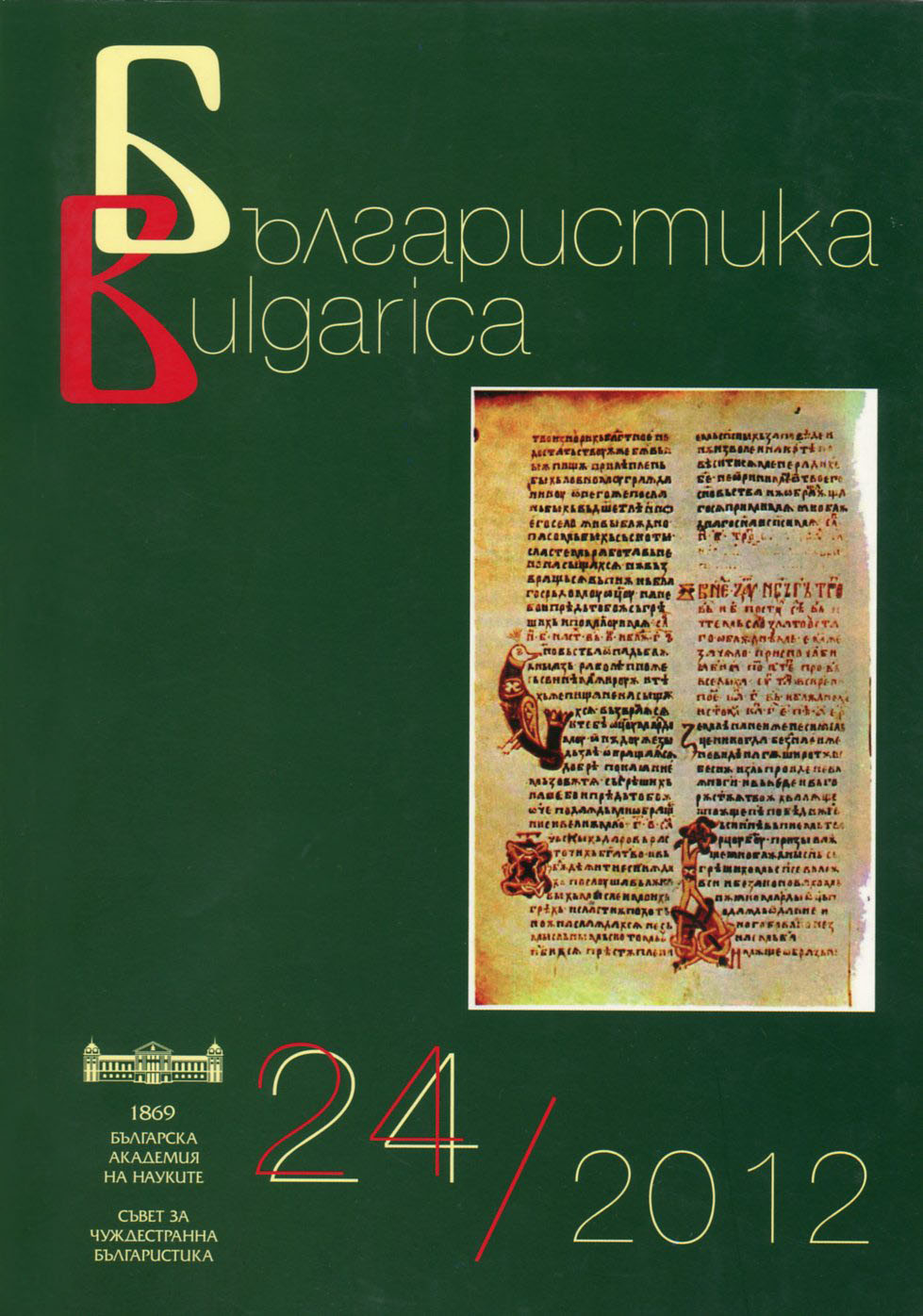
Научна периодика 2011–2012 г.
Content of the main Bulgarian scientific journals for the current year in linguistics, literature, history, folklore, ethnography, archaeology and art studies
More...We kindly inform you that, as long as the subject affiliation of our 300.000+ articles is in progress, you might get unsufficient or no results on your third level or second level search. In this case, please broaden your search criteria.

Content of the main Bulgarian scientific journals for the current year in linguistics, literature, history, folklore, ethnography, archaeology and art studies
More...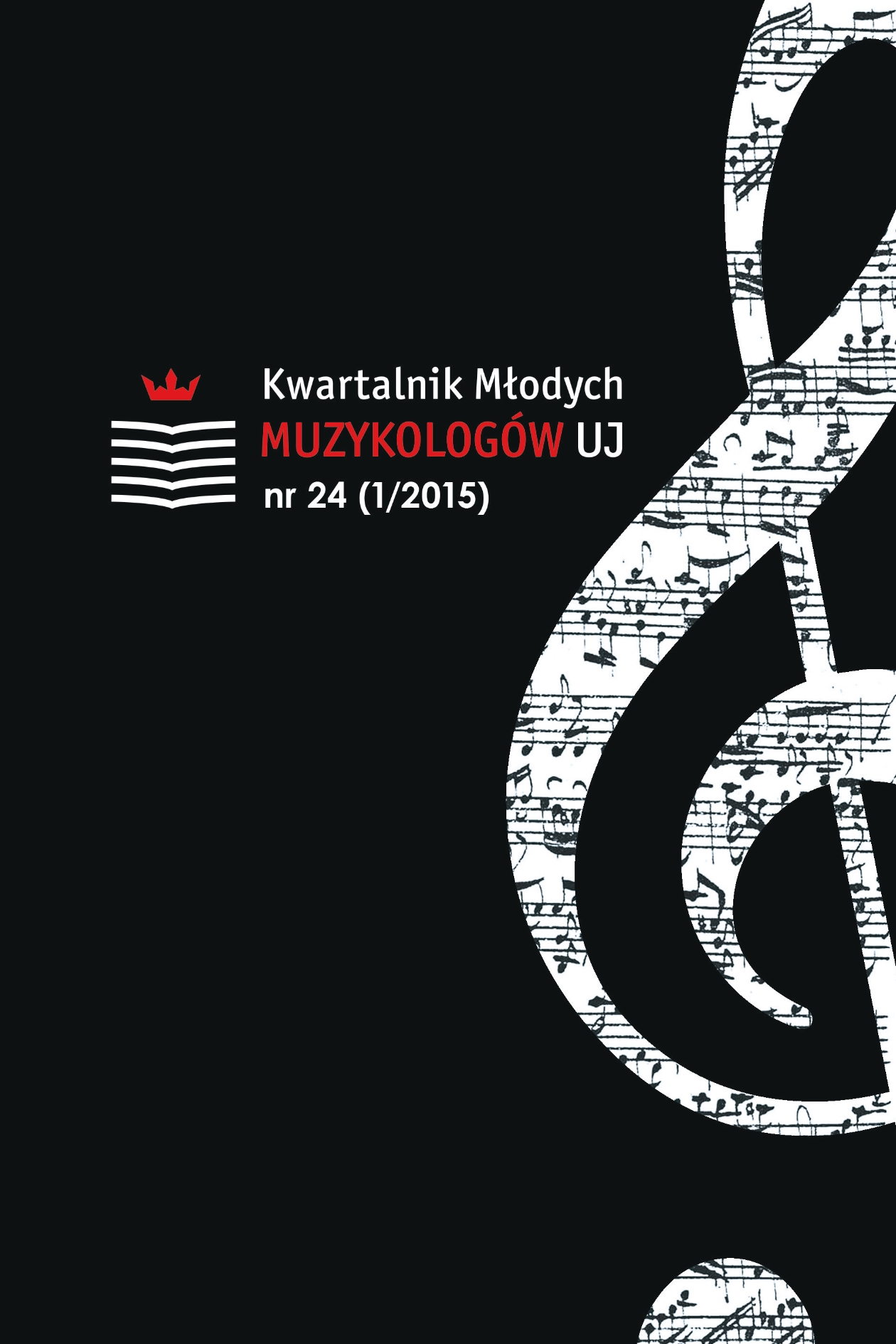
Most musicians working at the royal and aristocratic courts enjoyed good status despite the difficult political and economic situation of the Polish Common Wealth in the late 16th and 17th centuries. The height of the status of court musicians depended among others on their place of employment, origin, sex, professional roles and musical specialty. This article focuses on the relationship between the status of the musicians and their origin, sex, workplace and salaries. We compared court musicians’ salaries to demonstrate differences in their material status. The few preserved information about the salaries of the Polish court musicians was analyzed in this study. These were wages of the royal musicians and wages of the musicians employed at the courts of Leon Lew Sapieha, Zamoyscy, prince Dominik Ostrogski-Zasławski and hetman Adam Mikołaj Sieniawski. The results are presented descriptively and in the table and graph.
More...
The theme of this study is a historical reconnaissance of soul music, taking into account the global context, with all the social and historical conditions that accompanied the development of the style. The main aim that the author set himself is to find sources of Polish musicians’ inspirations that can be found in American music from the 60s of the twentieth century. The main section of this paper is an attempt to define soul music and the characteristic of the style in a variety of shots – strictly musical, social, political, historical, racial and the general-culture one. The final chapter undertakes the task of showing the results of analysis of native music in terms of its membership to the style. In this section, a very broad meaning of the term ’soul’ has been assumed, which in this context is merely a reflection of the original phenomenon. The author hopes that this study will contribute to the dissemination of knowledge that soul music – both worldwide and in Poland – is an original and valuable style.
More...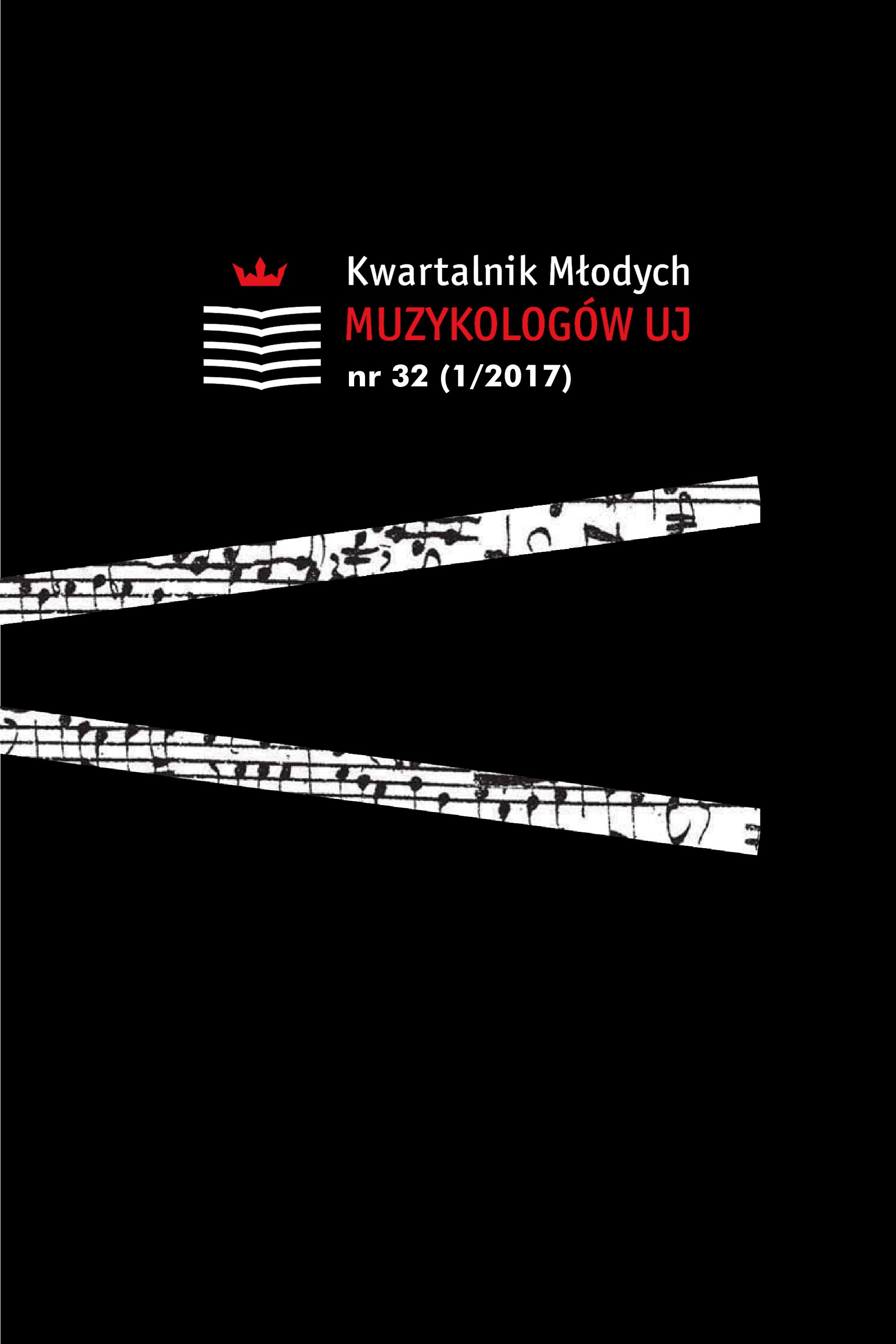
Discontinuum-continuum: the theory of composition by Julio Estrada. The Julio Estrada’s output is still the unexplored area, what creates the opportunity to study the phenomenon called discontinuum-continuum. During the last 36 years of the creative activity, Estrada has developed several aspects of the macro timbre that integrate several compounds of a composition. In his research, Estrada confronts two different situations in the compositional process: continuous transformation of the sound and chronographical method, using strictly defined recording process in order to receive three-dimensional movements of the sound in the topological order. As a result of existing these two situations, a musical work is impossible to be defined by one technique or musical style. Examination of the theory of composition called discontinuum-continuum allows one to understand a new methodology of musical creation that involves scientific research of the physical phenomenon of sound and introspection of the imagination of the sound.
More...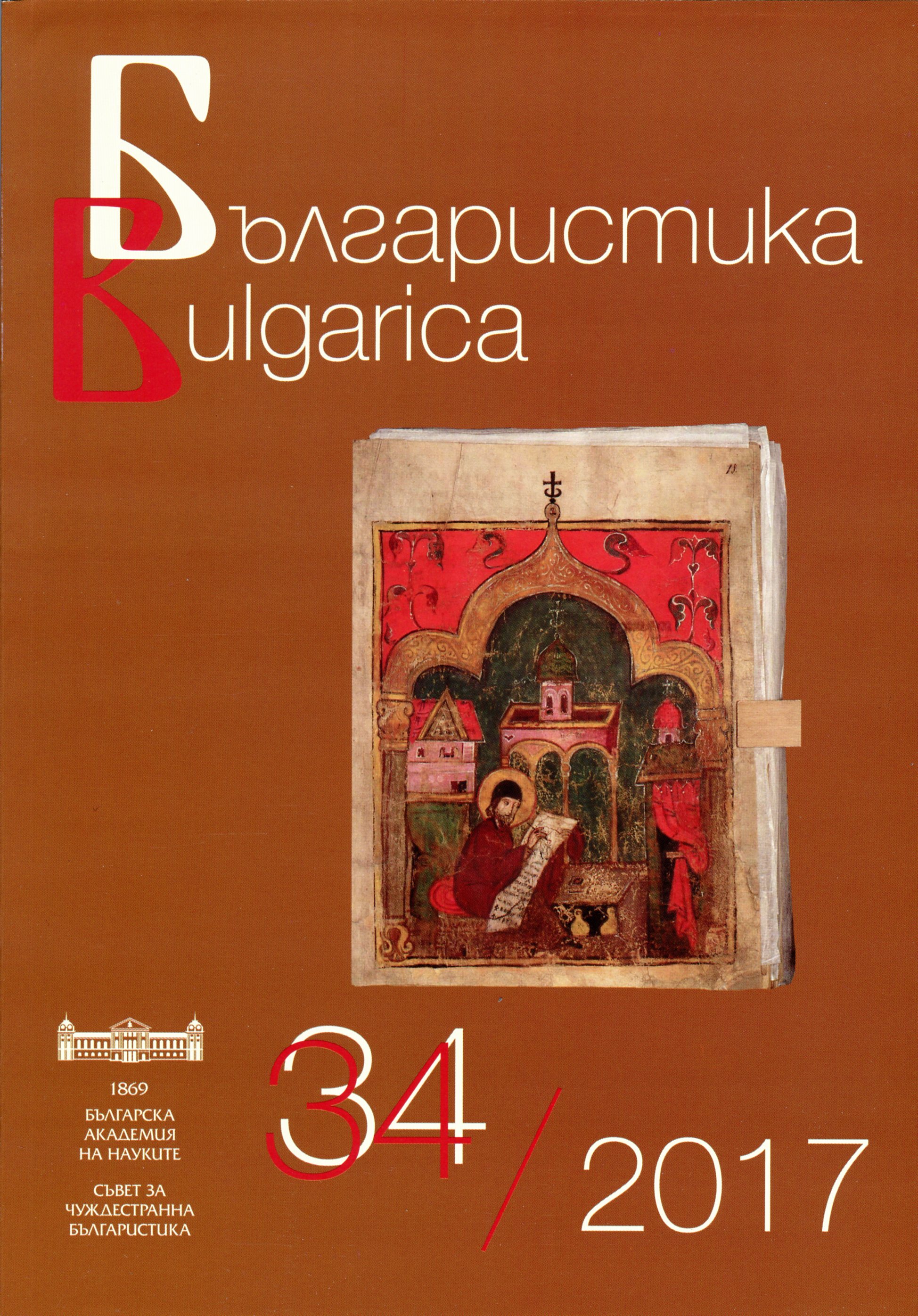
Selected bibliography in the field of Bulgarian Studies published in the current year
More...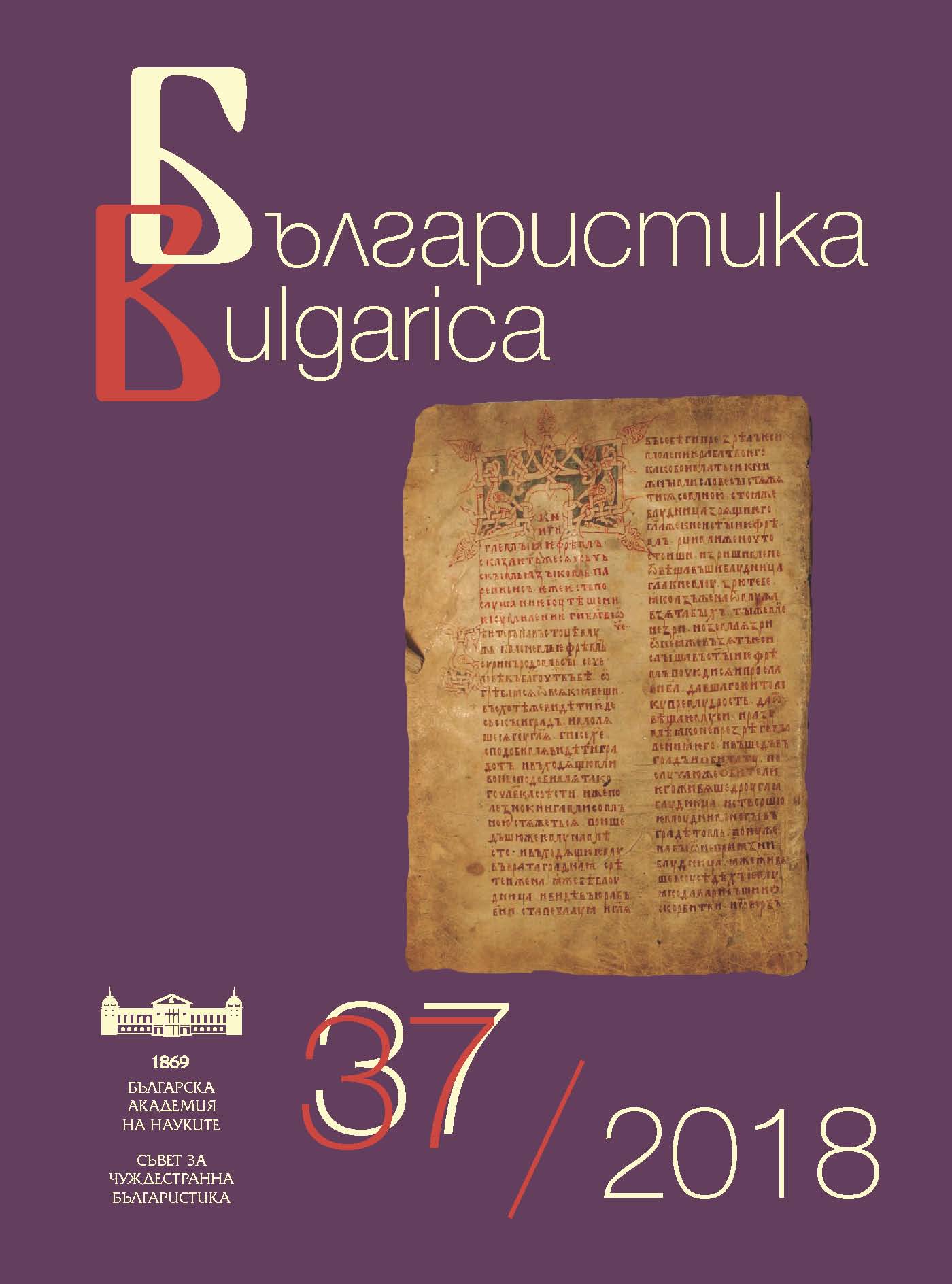
Selected bibliography in the field of Bulgarian Studies published in the current year.
More...
Defended Ph.D. theses in Bulgaria in the field of linguistics, literature, history, folklore, ethnography and art studies.
More...
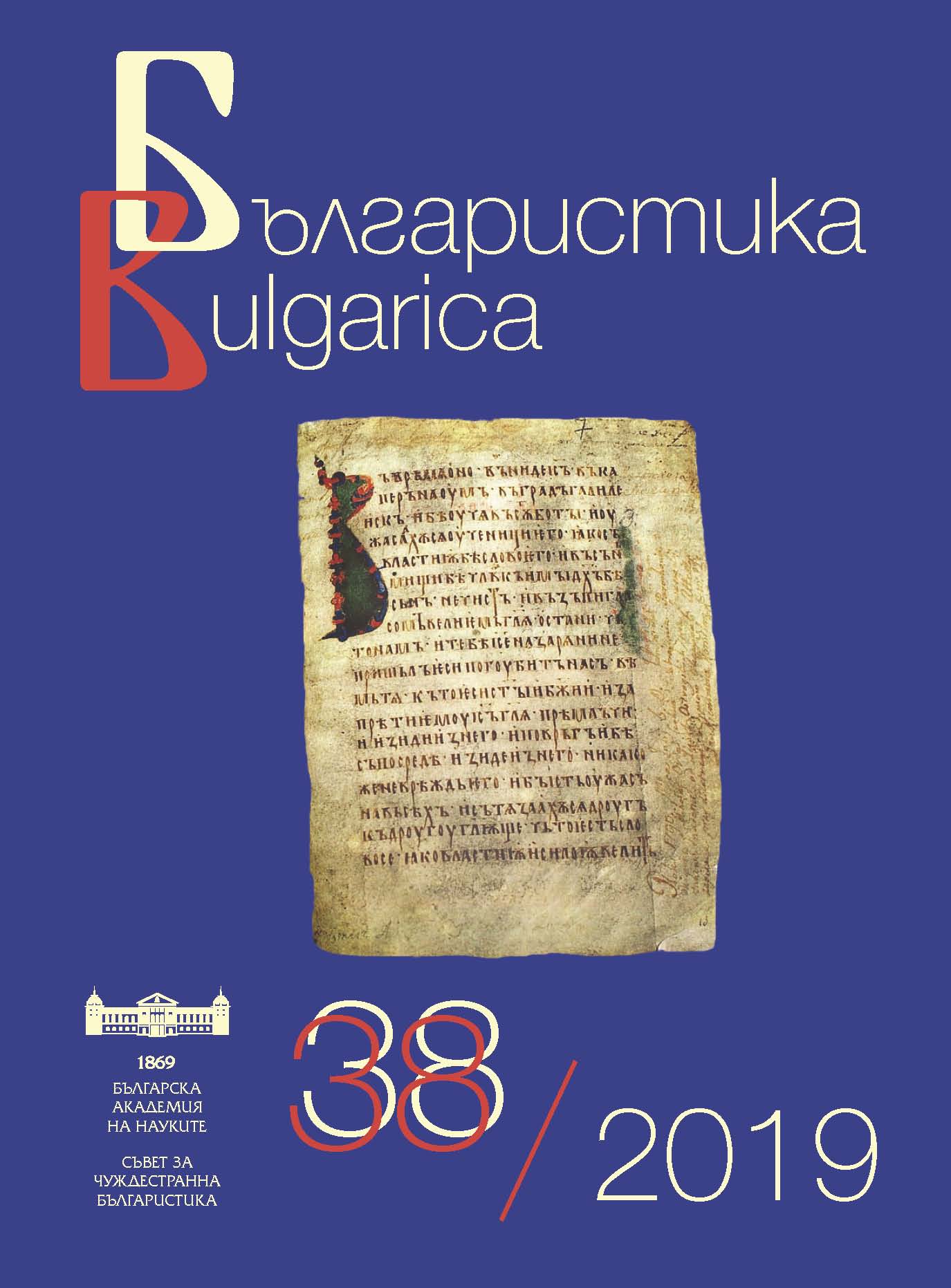
Selected bibliography in the field of Bulgarian Studies published in the current year
More...
Content of the main Bulgarian scientific journals for the current year in linguistics, literature, history, folklore, ethnography and art studies
More...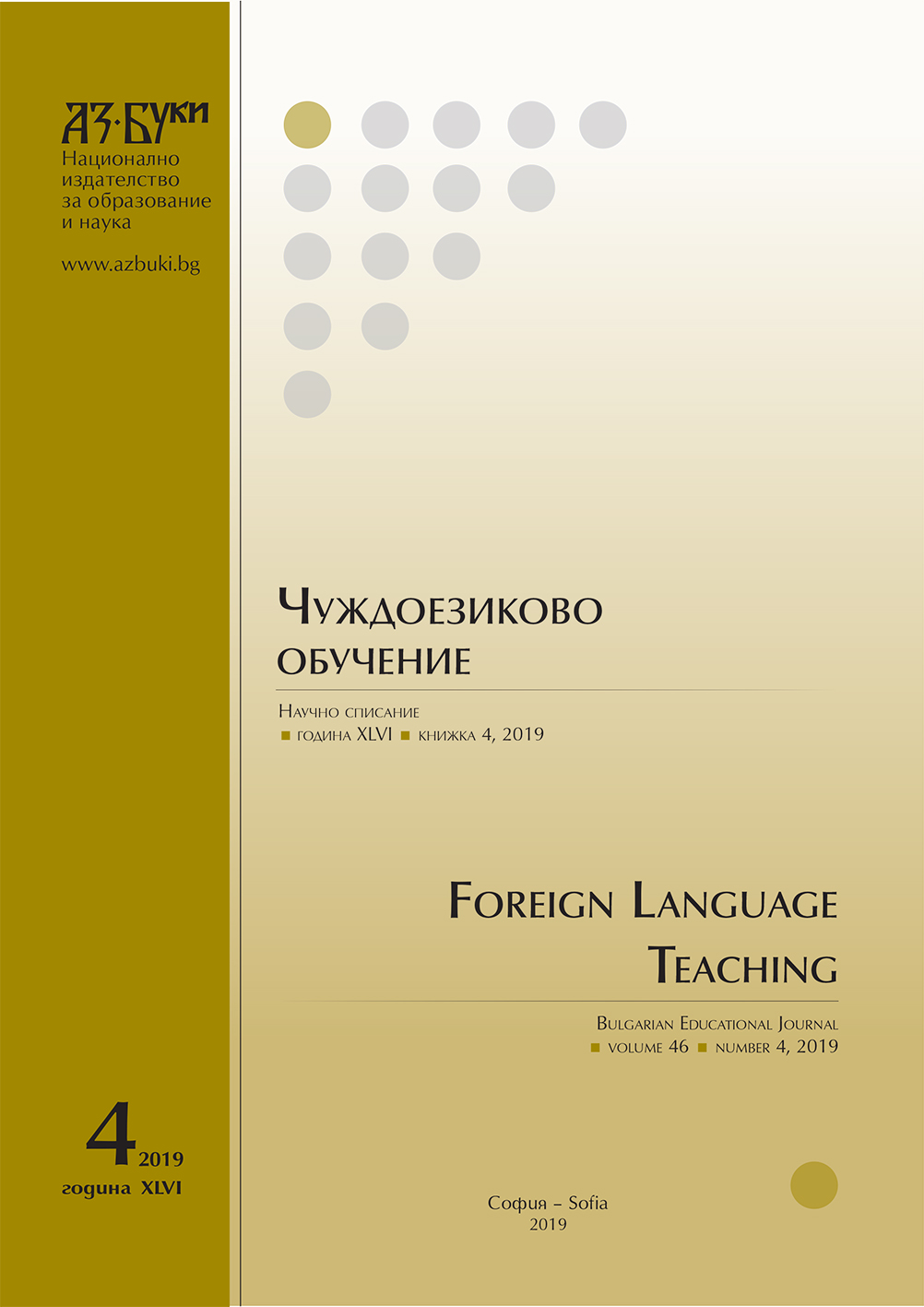
This article describes the functionality of some online resources that enhance abilities of teacher of Russian as foreign. Attention is paid to test resources, which allow to control students knowledge.
More...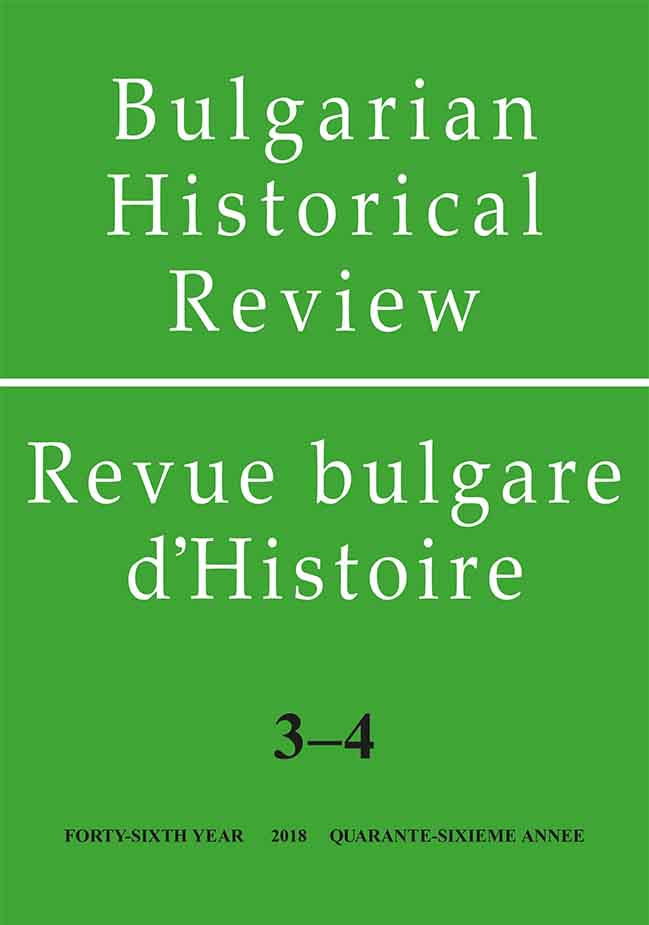
The NOEMA Journal continues to publish, in a series, the book THE SECRET OF GENIALITY (Yerevan, Armenia, Noyan Tapan Printing House, 2002) by our colleague Robert Djidjian, not only because we all must know the philosophical research and creation (in our domain of epistemology and philosophy of science and technology) from a wider geographic area than that provided by the established fashion in virtue of both extra-scientific reasons and a yet obsolete manner to communicate and value the research; but also because the book as such is living, challenging and very instructive. The title of the book is suggestive enough to make us to focus on an old age question: the dialectic of the insight, of the discovery, its psychology moving between flashes of intuitions and cognizance stored in memory, and its logic of composition of knowledge from hypotheses to their demonstration and verification. The realm of science is most conducive to the understanding of this dialectic and the constitution of the ideas which are the proofs of what is the most certain for humans: the “world 3”, as Popper called the kingdom of human results of their intellection, and though transient and perishable in both their uniqueness and cosmic fate, the only certain proof of the reason to be of homo sapiens in the frame of multiversal existence. Therefore, creation is the secret of the human geniality, and how to create science is a main part of this secret.
More...
Tabish Khair’s novel, Filming (2007), highlights many deeply vexed issues that are central to any discussion on colonial/postcolonial humanism. The novel presents the film industry of Hindustan and the lives of people associated with this charismatic industry. It also deals with the maltreatment of women and the manner in which their voices are muffled by the male chauvinistic society, thus making them the subaltern that cannot speak, or if they do manage to speak, they are brusquely silenced, because it questions the authority of those in power, and concomitantly tries to reroute the established power relations, and hence these voices and demands are to be viewed as something that deserves immediate disapproval and censorship.
More...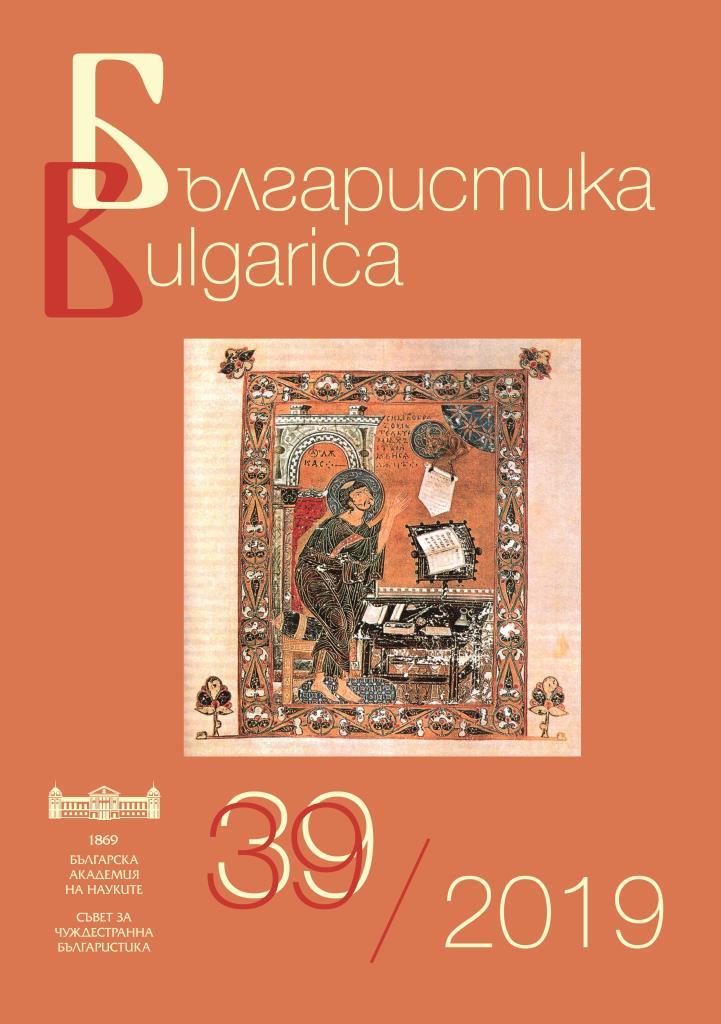
Selected bibliography in the field of Bulgarian Studies published in the current year.
More...
Content of the main Bulgarian scientific journals for the current year in linguistics, literature, history, folklore, ethnography, archaeology and art studies.
More...
Data about scientific events in the field of the humanities in Bulgaria in 2019
More...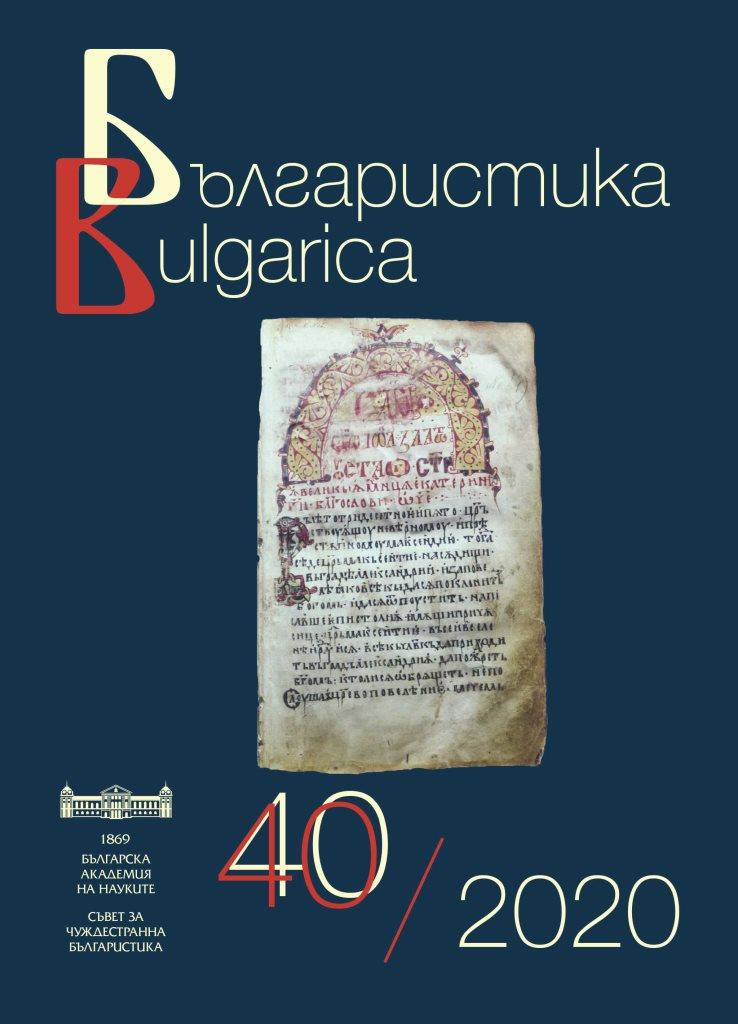
Content of the main Bulgarian scientific journals for the current year in linguistics, literature, history, folklore, ethnography, archaeology and art studies
More...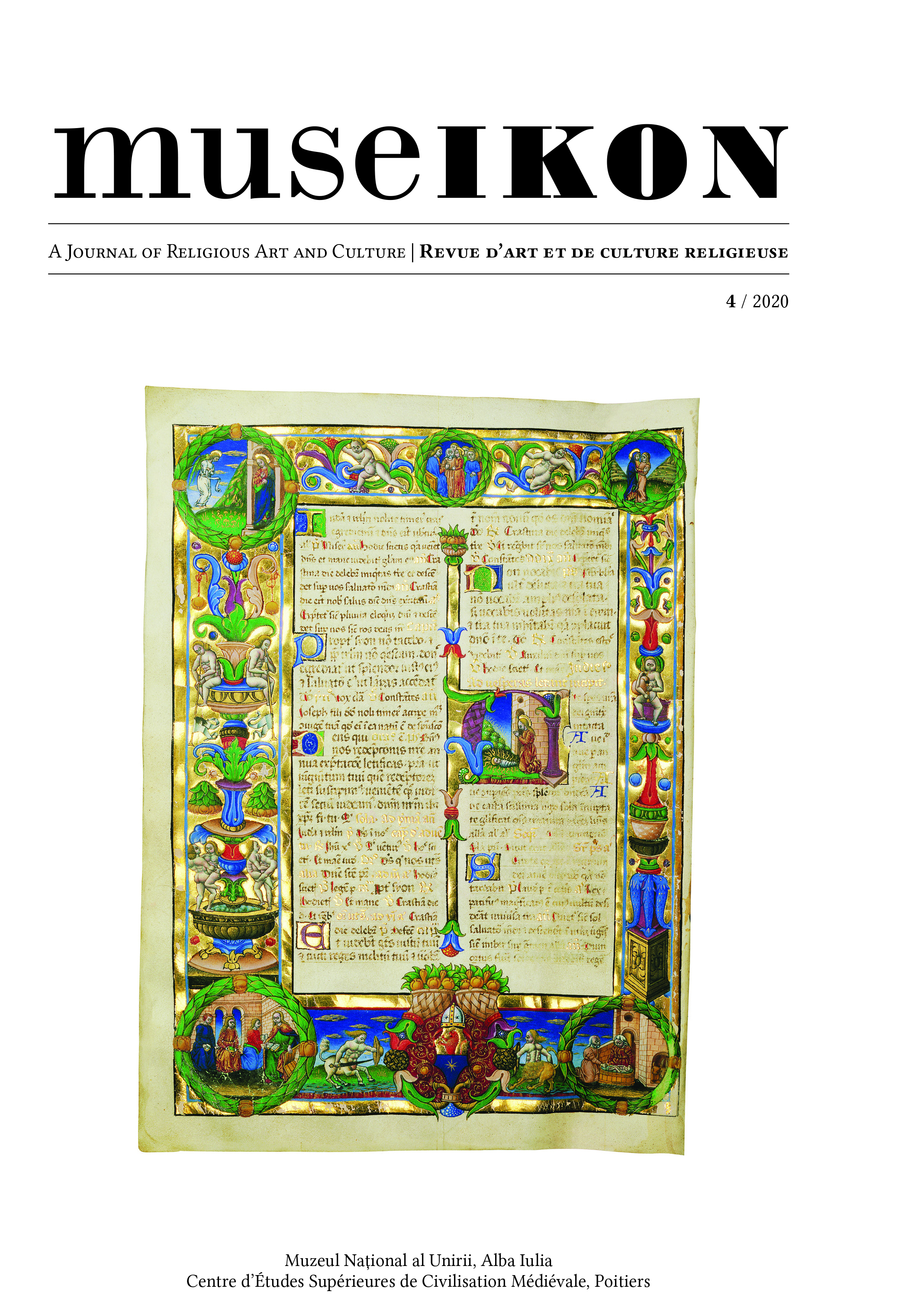
Au 5VIIe siècle, les icônes russes avaient déjà gagné les régions post-byzantines sous domination o1o- mane de l’Orient chrétien : les contrées grecques et balkaniques, l’Afrique du Nord et l’Asie Mineure, Crète, Chy- pre, la Palestine, la Syrie et le Liban. Les archives (peu étudiées) témoignent d’une exportation élevée de peintures religieuses russes dans l’espace méditerranéen. Une grande partie de ce1e documentation se trouve aux Archives Nationales des Actes Anciens de Russie (RCODo). Ces documents ayant appartenu autrefois à l’administration diplomatique, Posol’skij Prikaz, sont conservés dans le Fonds 52 et concernent les relations entre la Russie et les centres ecclésiastiques orthodoxes situés dans l’Empire o1oman. Au 5VIIe siècle, les œuvres russes qui circu- laient en Orient étaient en grande partie le fruit des activités évergétiques des grands princes et des tsars, mais le commerce jouait aussi un rôle important dans leur transmission. À en juger par le grand nombre d’oeuvres qu’ils possédaient, leur qualité artistique et leur coût de production élevé, les patriarches devaient être les commandi- taires les plus importants. Cependant, les émissaires du tsar se rendaient en Orient pour diverses missions et apportaient également des icônes. Les Grecs qui vivaient en Russie ou qui y séjournaient longtemps envoyaient, eux aussi, des icônes russes dans leur patrie. Enfin, les icônes russes étaient exportées par les marchands grecs. À Moscou, les étrangers pouvaient commander les icônes directement auprès des peintres ou les acheter sur le marché. Les archives conservent encore des nombreux testaments de Grecs décédés à Moscou, riches en informa- tions quant aux icônes russes qu’ils ont eues en leur possession. Un bon nombre de maîtres russes ont travaillé à l’étranger, en particulier dans les Principautés de Valachie et de Moldavie. Certains étaient peintres d’églises, mais d’autres peignaient des icônes sur commande. Ces icônes passaient de main en main, au sein des familles ; étaient léguées par testament ; faisaient l’objet de dons envers les églises et les monastères ; etc. Les voies d’exportation des icônes russes vers l’étranger étaient donc des plus diverses. Les documents d’archive ne cessent pas de sur- prendre avec une variété de nouvelles informations à leur sujet.
More...
La tradition du soutien russe aux églises orthodoxes de l’Orient et des Balkans a commencé a XVIe siècle et s’est poursuivie jusqu’en 1917. Au niveau gouvernemental, l’aide matérielle a été réduite et réglementée au XVIIIIe siècle, mais elle a gagné en générosité après 1830, en rapport avec l’évolution de la Lestion d’Orient et la rivalité des grandes puissances engagées au Moyen-Orient. L’article étudie le caractère et la distribution géographique du soutien de l’Église et du gouvernement russes, tout en observant que ces traits ont évolué dans le temps et qu’ils ont été in*uencés par les tendances politiques de certaines périodes. Il étudie aussi les nombreuses donations privées issues des pèlerinages en Terre Sainte et faites aux monastères d’Orient, aussi bien que celles résultant des relations personnelles avec le haut clergé. La tendance générale à augmenter les sommes et les dons jusqu’à la Première Guerre mondiale a été le résultat de la montée de la tension au Moyen-Orient et dans la Méditerranée orientale.
More...